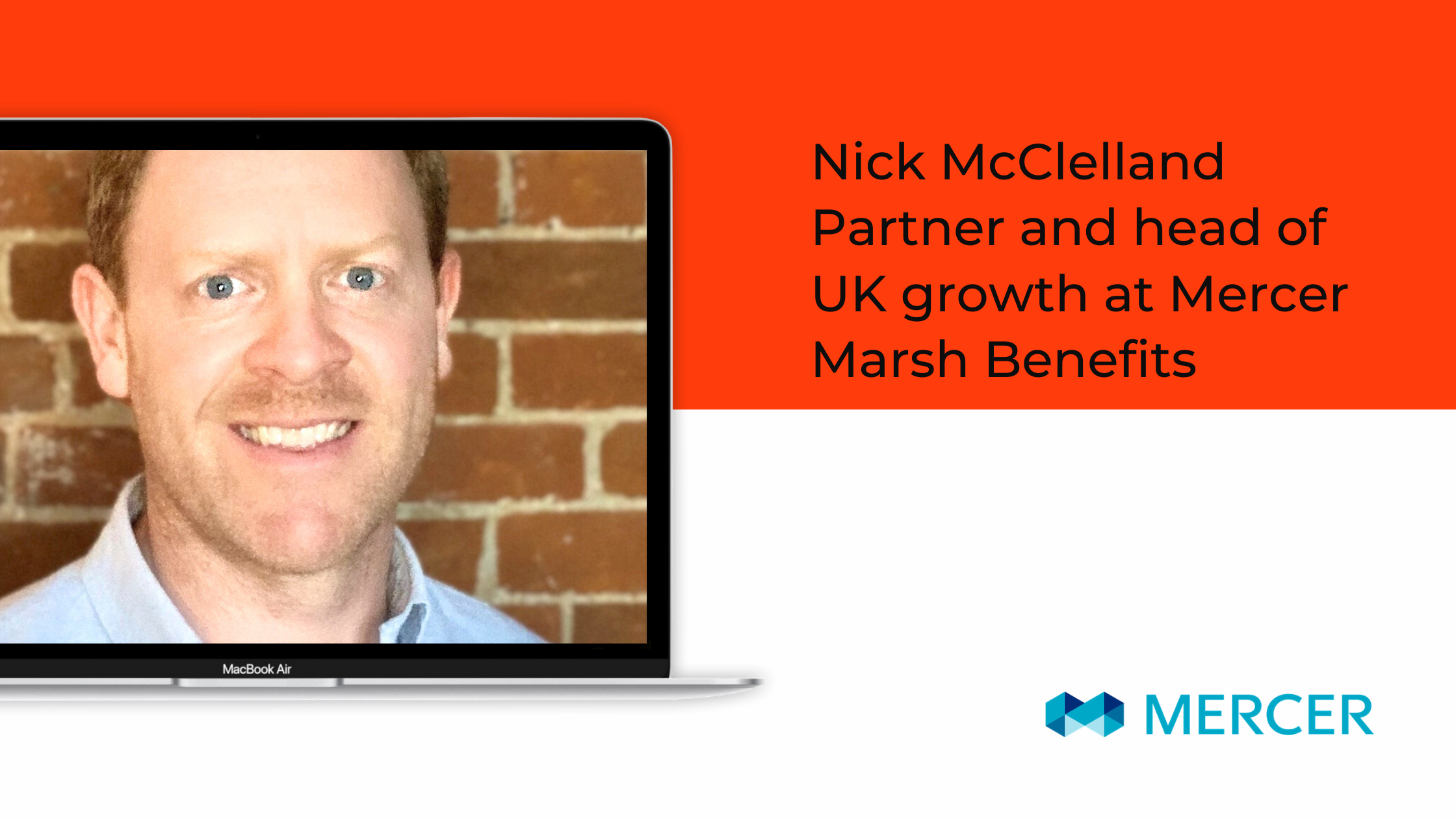Creating a resilient workforce
Resilience will be the defining characteristics of the successful post-pandemic workplace, with digital wellbeing tools creating new opportunities to help people stay healthy under pressure

Wellbeing has been on a journey. As the coronavirus struck, the focus was on supporting the physical and mental health of employees. Then social wellbeing jumped up the agenda as we worried about how people were coping with lockdown. Now financial wellbeing is more of a priority than ever, as anxiety about the impending recession comes to the fore.
Tempting as it is to look at each of these areas in isolation, perhaps rotating through a calendar of wellbeing activities, resilience – our ability to stay healthy under pressure – is dependent on tackling all of these areas at the same time: how well we’re managing our emotions (mental health), how well we’re eating, exercising and sleeping (physical health), the quality of our interactions with others (social health) and our confidence in our ability to provide for ourselves and our loved ones (financial health).
Unfortunately, with different people being impacted in different ways, there is no single solution to the challenges people are now facing. Different personalities will have been affected in different ways.
Introverted personality types and those already accustomed to remote working might actually welcome the opportunity that working from home presents to eat more healthily and exercise during the day. Conversely, extroverts, who like to bounce ideas off colleagues or customers in person, are more likely to be struggling with feelings of loneliness and social isolation, which will in turn impact on their motivation to maintain a healthy lifestyle.
Similarly, while ‘conscientious’ personality types might have already stashed away the recommended three months’ salary as a financial buffer in case of times of need, this may not be the case for many others, causing them to experience greater feelings of financial anxiety as we enter into recession.
 With different people needing to focus on different aspects of their wellbeing, there is no single message you can send to everyone that will have a universal impact. Now more than ever, it’s important to bespoke communications to each individual, nudging them to use the benefits and resources in place in a much more personalised way, so that this will actually have a positive, if different, impact on everyone.
With different people needing to focus on different aspects of their wellbeing, there is no single message you can send to everyone that will have a universal impact. Now more than ever, it’s important to bespoke communications to each individual, nudging them to use the benefits and resources in place in a much more personalised way, so that this will actually have a positive, if different, impact on everyone.
Technology provides a powerful way of achieving this, enabling you to capture what employees want, make data-driven decisions, personalise communications and reduce costs, without compromising engagement.
Digital wellbeing apps in particular do much more than simply connect individuals to the wellbeing support provided by their employer in a highly personalised way. They also utilise the principles of gamification, social models and two-way dialogue to create wellness communities that can proactively support each other, even whilst having to work remotely.
For example, a wellbeing app might allow colleagues to post comments, pictures and likes, complete a ‘check in with a colleague’ challenge or take part in a group wellness workshop or organised fitness event. This boosts their physical wellbeing in a way that also connects them with others to improve their social wellbeing.
Most important of all, instead of just looking at physical, emotional, social or mental health in isolation, digital wellbeing tools allow individuals to work on all of these elements at the same time, to strengthen their resilience at a time when this is much needed.
For more information please go to Mercer Marsh Benefits


